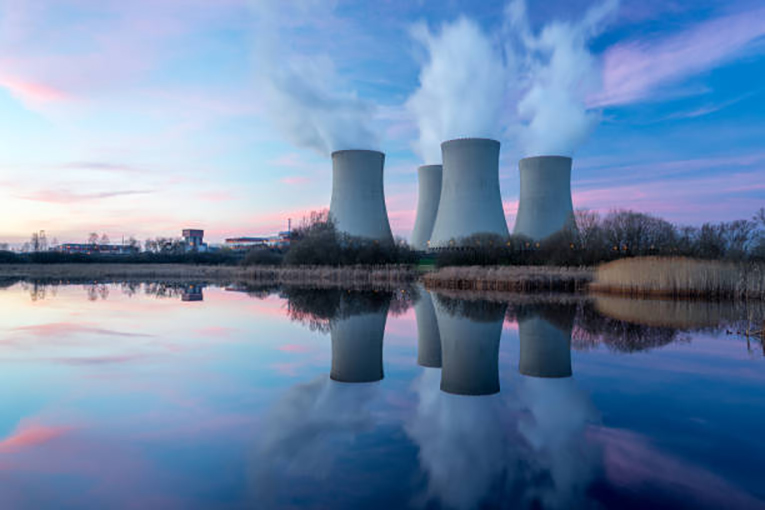On Wednesday, the U.S. Department of Energy (DOE) announced it is teaming up with GE Hitachi Nuclear Energy (GEH) to demonstrate how three construction technologies from other industries can be applied to advanced nuclear reactor designs.
Read more of our news content, here; Contango to acquire Wyoming natural gas wells from ConocoPhillips
About the initiative
Accordingly, this project will have $5.8 million in funding to develop these technologies. Indeed, these construction technologies together can reduce the cost of advanced nuclear builds by more than 10 percent.
Besides, these projects will look to improve the economics of bringing advanced nuclear reactors to market. Thus, the Advanced Construction Technology (ACT) Initiative aims to reduce cost overruns and schedule slippages.
In fact, the three technologies are Vertical shaft construction, a best practice from the tunneling industry that could reduce construction schedules by more than a year. Also, ‘Steel Bricks,’ modular steel-concrete composite structures, much like high-tech LEGO pieces, could significantly reduce on-site labor requirements.
And lastly, Advanced monitoring, coupled with digital twin technology, can create a digital replica of the nuclear power plant structure.
Reception
Therefore, Acting Assistant Secretary for Nuclear Energy Kathryn Huff commented in a media release; “Construction costs and schedule overruns have plagued new advanced nuclear builds for decades.”
Therefore, “by leveraging advanced construction technologies, we can drive down costs and speed the pace of advanced nuclear deployment,” added Huff.
Currently, GEH’s portfolio includes the BWRX-300 small modular reactor, currently under review by nuclear regulators in Canada and the USA. In this regard, the company’s executive vice president, Jon Ball, said; “We know this funding will significantly benefit the commercialization of SMRs and pave the way for other advanced reactors.”
Worth noting, the GEH-led project team for advanced nuclear development includes Black & Veatch, the Electric Power Research Institute (EPRI). Also, Purdue University, the University of North Carolina at Charlotte, and the Tennessee Valley Authority.
Participants and Reception
Besides, the U.K.’s Nuclear Advanced Manufacturing Research Centre (Nuclear AMRC), of which EPRI is a member, and two U.K. companies, Caunton Engineering and Modular Walling Systems Limited.
EPRI’s Chief Nuclear Officer Rita Baranwal tweeted concerning the ACT; In fact, “in the nuclear industry, we don’t have to invent everything ourselves. Thus, being prudent about leveraging tech from other industries will accelerate advanced nuclear deployment.”
Finally, DOE said the work would be funded and managed through its National Reactor Innovation Center. Besides, it will be carried out in two phases. Thus, the initial phase will focus on technology development and preparation for a small-scale demonstration.


